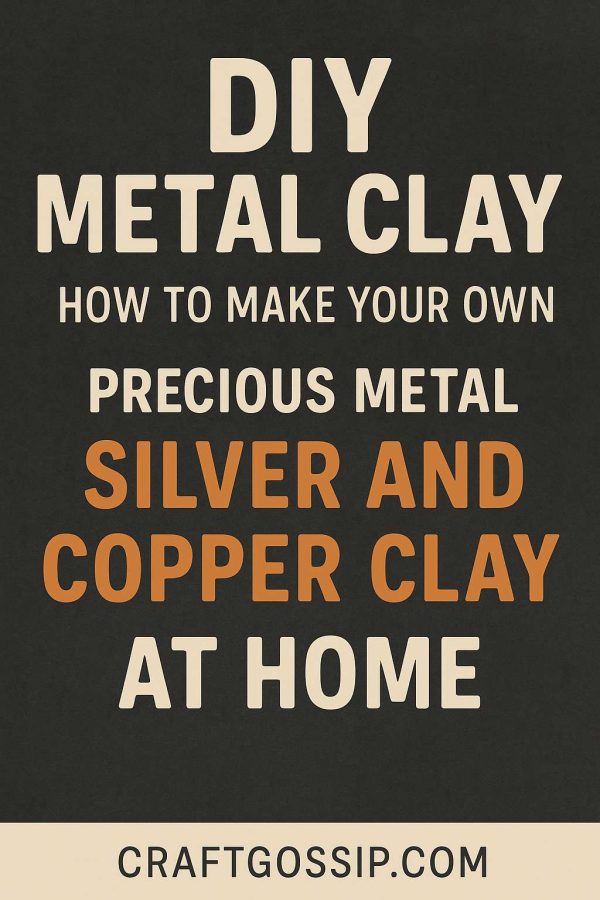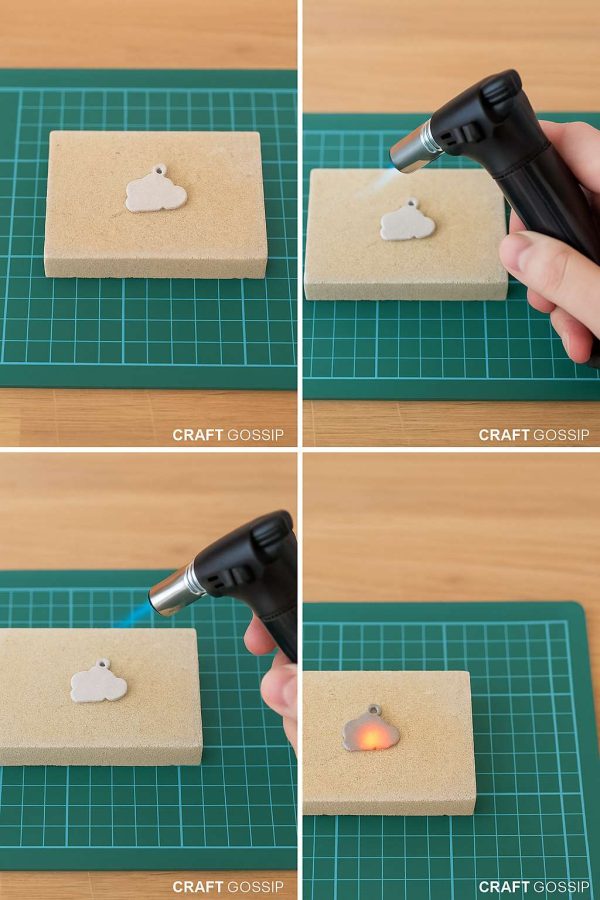Welcome Ornament Thursday surfers!
My contribution is a non-traditional ornament featuring a dragonfly stamp. Perfect if your tree features a garden or floral theme. This project is suitable for beginners.
Materials:
Polymer clay Bead (instructions for bead)
22 gauge silver wire
Pewter spacer
Seed beads in size 8 & 11
Accent beads – I used pearls, crystals and semi-precious stones in monochromatic colors.
Elastic cord – silver color
Instructions:
1. Wire-wrap a large loop.
2. String on a large bead, spacer, dragonfly bead.
3. Add beads in a random order for the tail, this is a great time to use up left over beads.
4. End with another wire-wrapped loop, slip on a larger seed bead before you finish wrapping the loop so that the end looks finished.
5. Tie elastic cording to the top loop, proudly hang from your tree!
Ornament Thursday is a collection of bloggers sharing ornament projects. Visit the links below for a visual feast of holiday craftiness:
Sara Naumann http://blog.paperwishes.com/sara/
Lynn Kvigne http://beading.consumerhelpweb.com/blog/
Candie Cooper http://candiecooper.typepad.com/savvycrafter/
Katie Hacker http://www.katiehacker.com/index.htmÂ
Margot Potter http://margotpotter.blogspot.com/
Linda AugsburgÂ
http://cs.makeitminemag.com/mimcs/blogs/makeitmine/Â
Melanie Brooks Lukacs http://earthenwood-beads.blogspot.com/
Art Bead Scene http://www.artbeadscene.blogspot.com/
Cindy Gimbrone http://lampworkdiva.blogspot.comÂ
Suzanne http://suzanne-catching-up.blogspot.com/
Humblebeads http://www.humblebeads.blogspot.com/
Polymer Clay Craft Gossip http://polymerclay.craftgossip.com/
Alexa Westerfield from http://swelldesigner.blogspot.com/
Debba Haupert http://www.girlfriendology.blogspot.com/
Elaine Luther http://www.CreativeTextureTools.com/news
Melissa Lee http://www.strandsofbeads.blogspot.com
Rebecca Peck http://vintagegirlmodernworld.wordpress.com/
Jean Yates http://prettykittydogmoonjewelry.blogspot.com
Michelle McGee http://fromichelle.blogspot.com/
Jenny Harada http://pomly.livejournal.com/Â
Jennifer Heynen http://jenniferjangles.blogspot.com/
Hali Chambers www.labyrinthgal.blogspot.com
Kriss Kramer www.art-interrupted.blogspot.com
Brandy Lung Gill http://accesstoexcess.blogspot.com/
[tags]polymer clay, christmas crafts, holiday projects, ornaments, ornaments thrusday[/tags]



A lovely twist on an ornament. Very clear directions! Thank you!
So cool! It really looks like metal. Amazing! Great job and thanks for joining in the fun!
This is awesome, too! You totally rocked the Ornament Thursday this week with THREE incredible ideas!
This is great! You can use it as a pendant when you take the tree down. Who doesn’t love multitasking?!
You’ve been busy!
Cheers,
Margot
Wow…I had a heck of a time leaving a comment…it’s just Margot…not Margotrgot…hee.
Wonderful idea! I love the use of the non-traditional image.
I love these ornaments! The beads make them look really feminine!
Non-traditional but very cool, none-the-less!
This is spendid!
Nice! I love dragonflies, and love the way the “tail” is little beadies. Great bead too, that metallic finish is awesome!